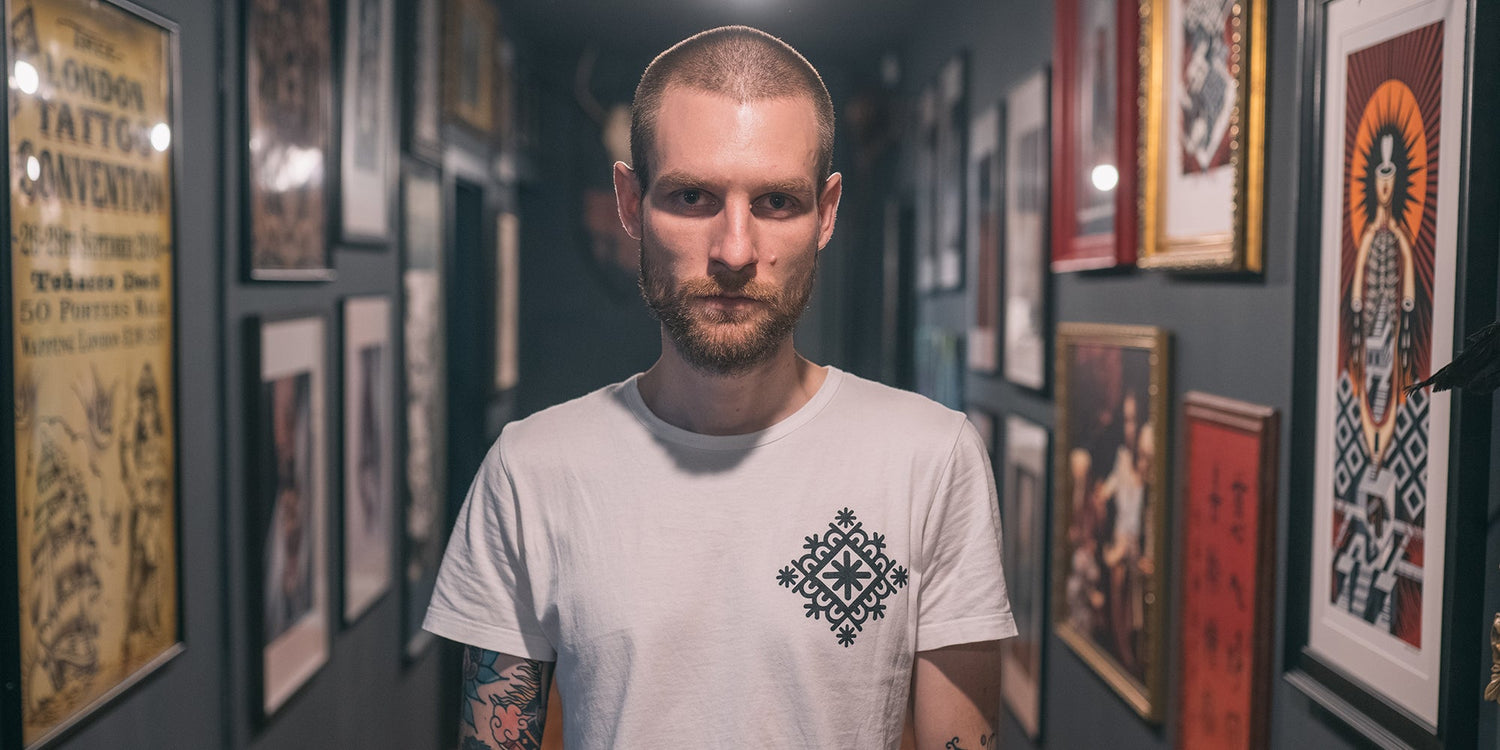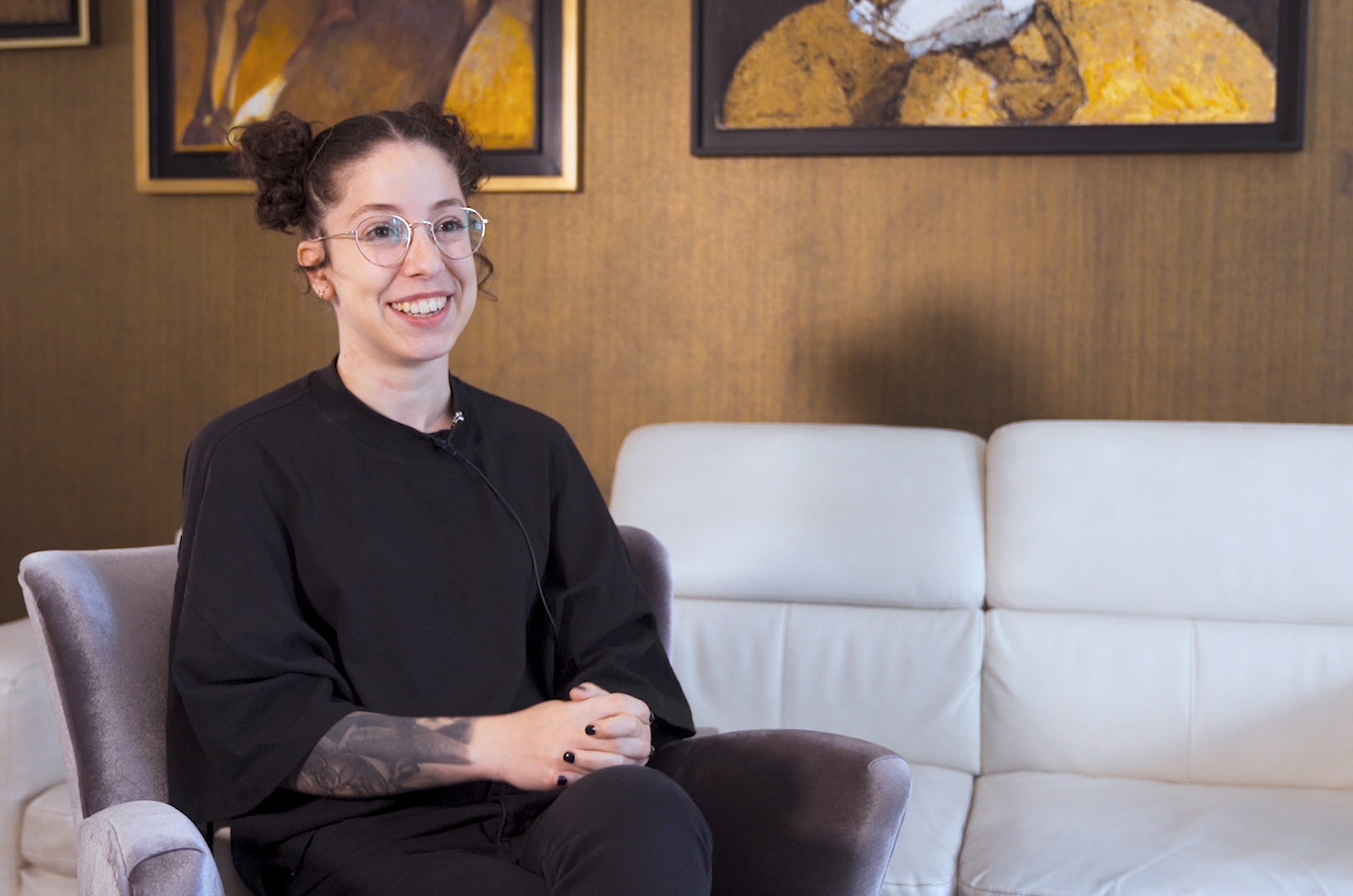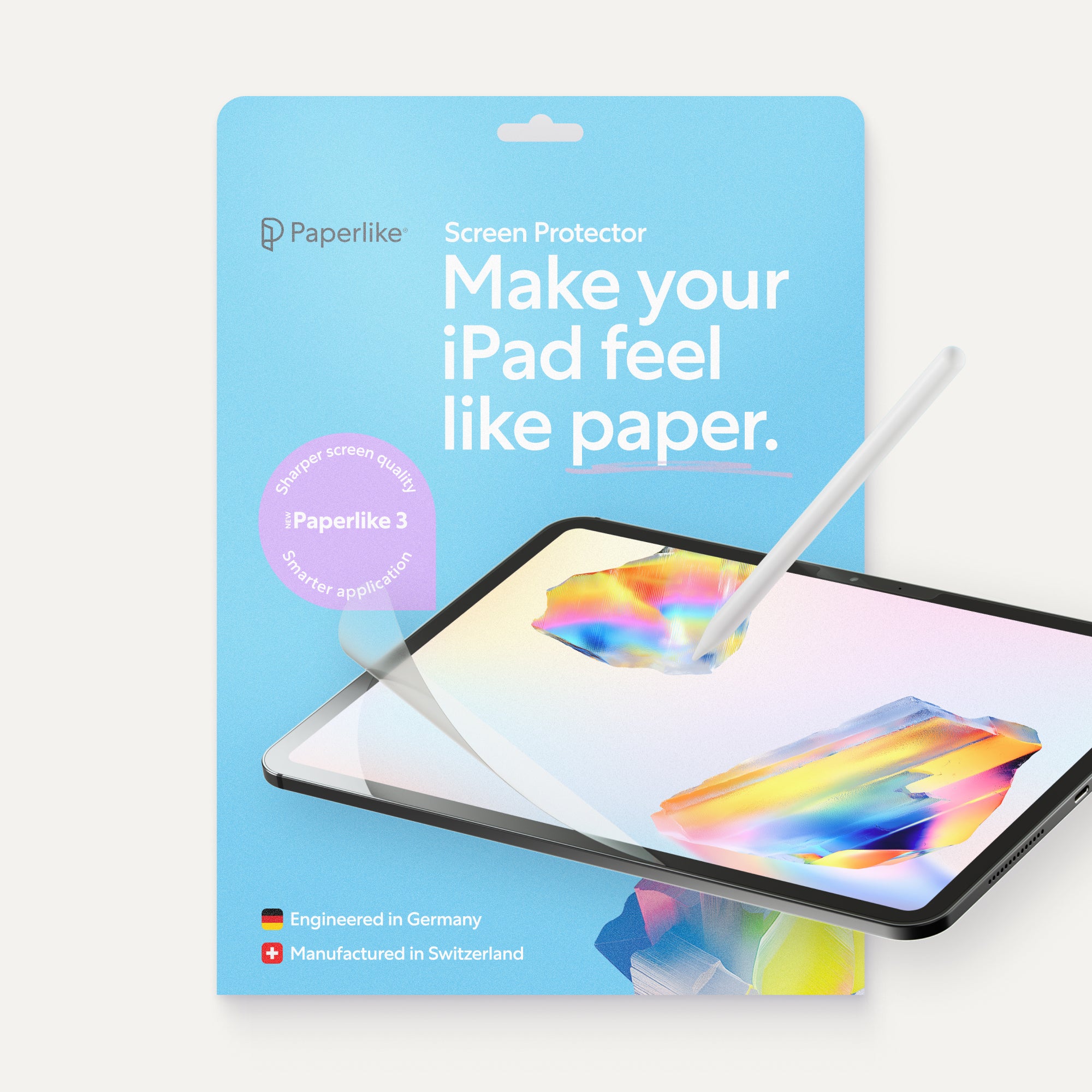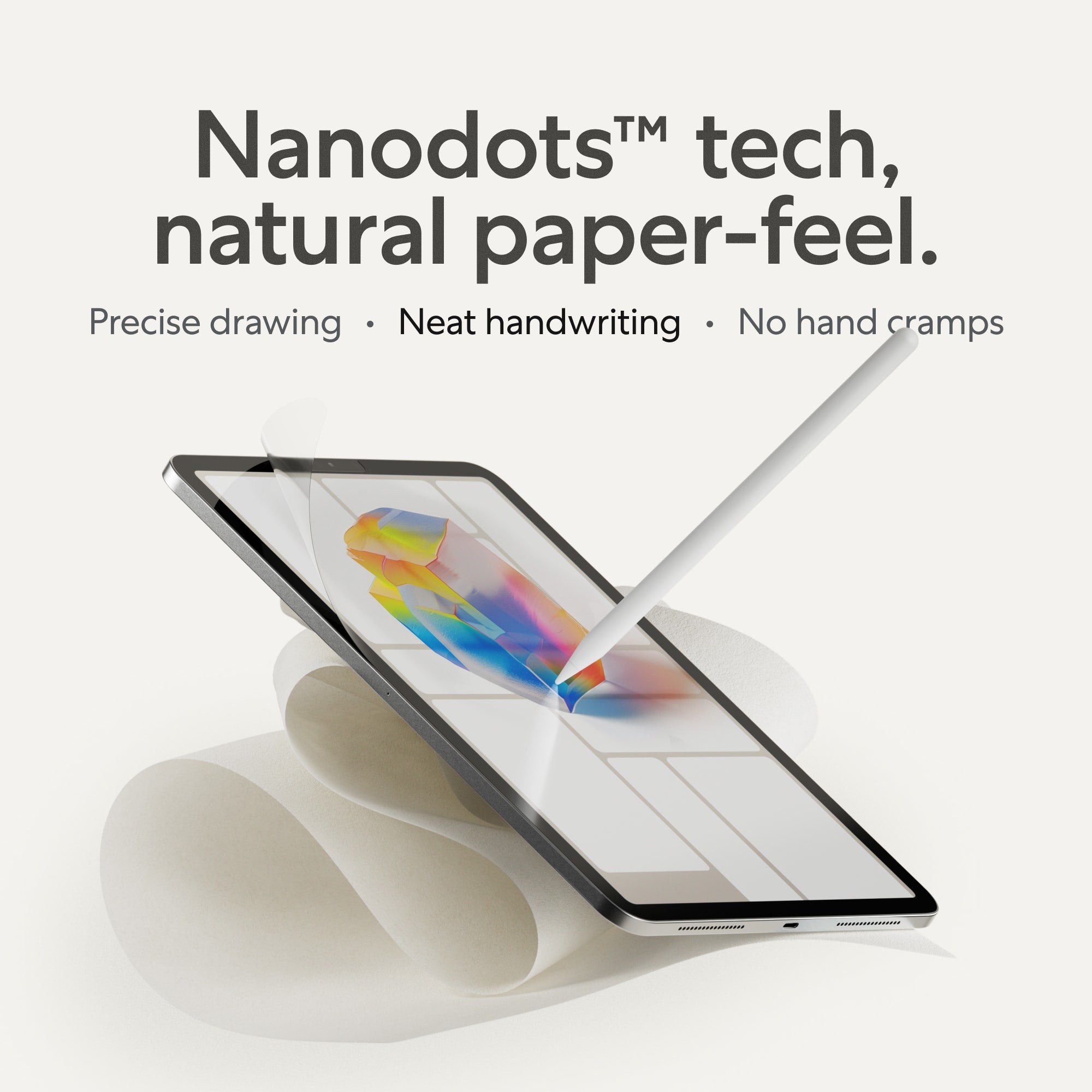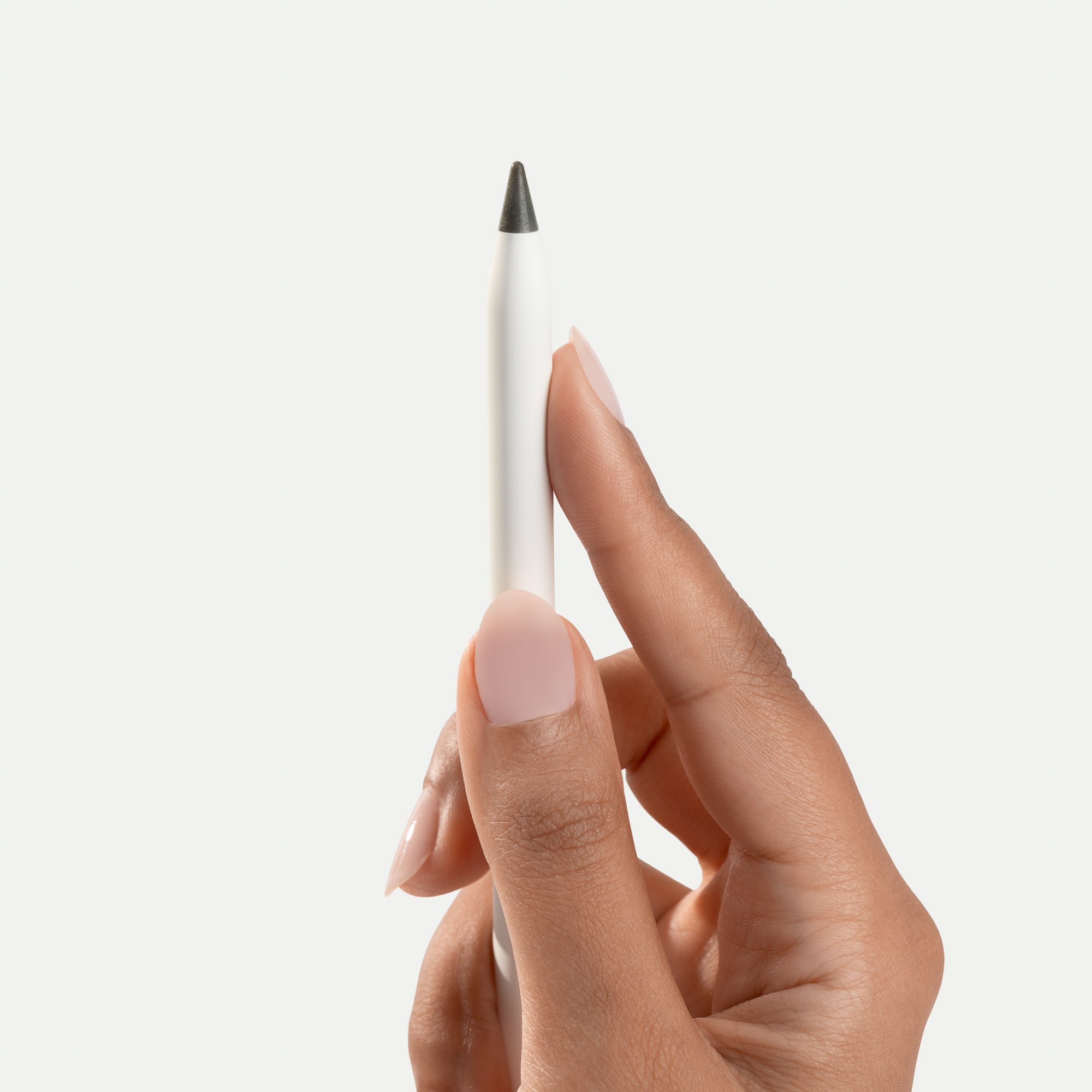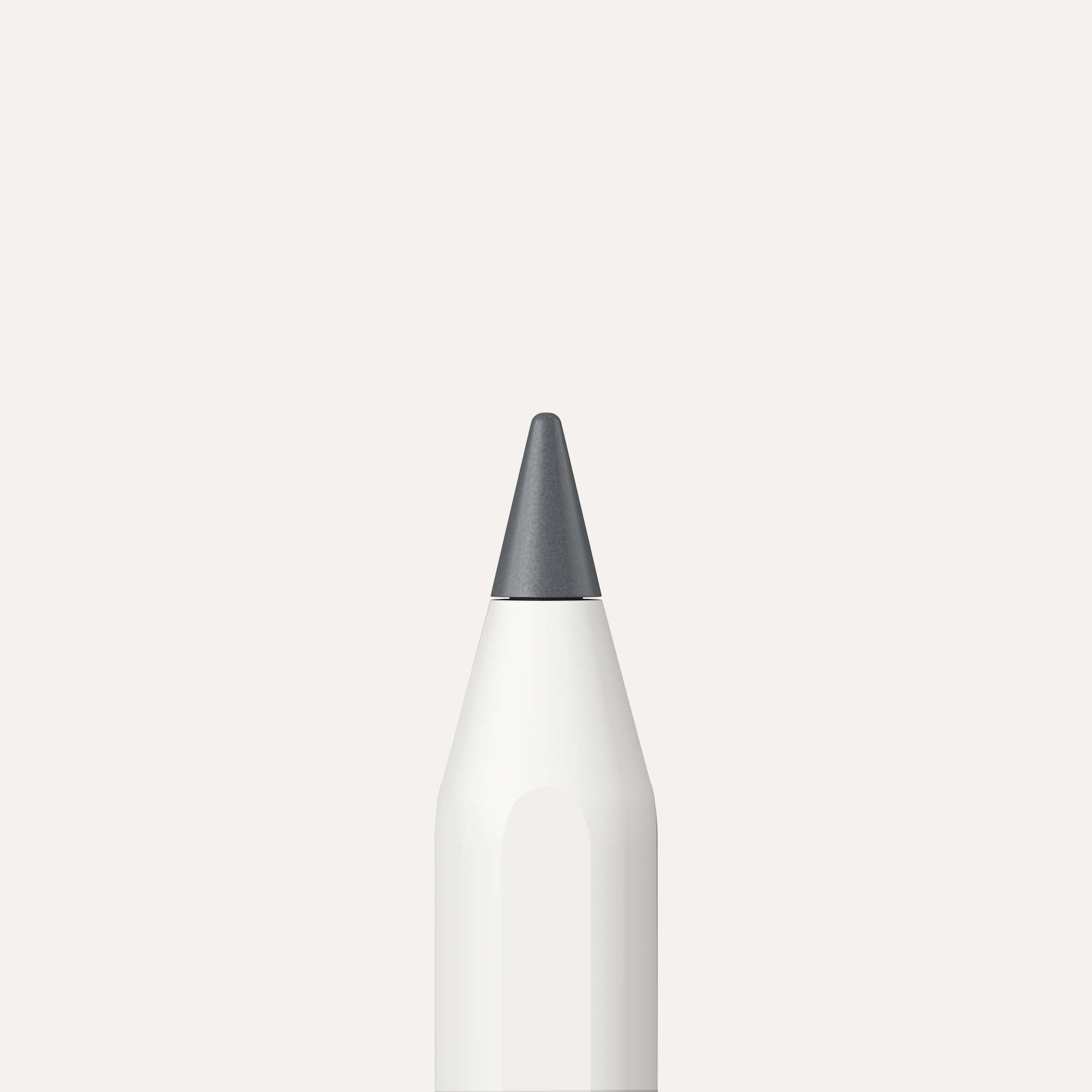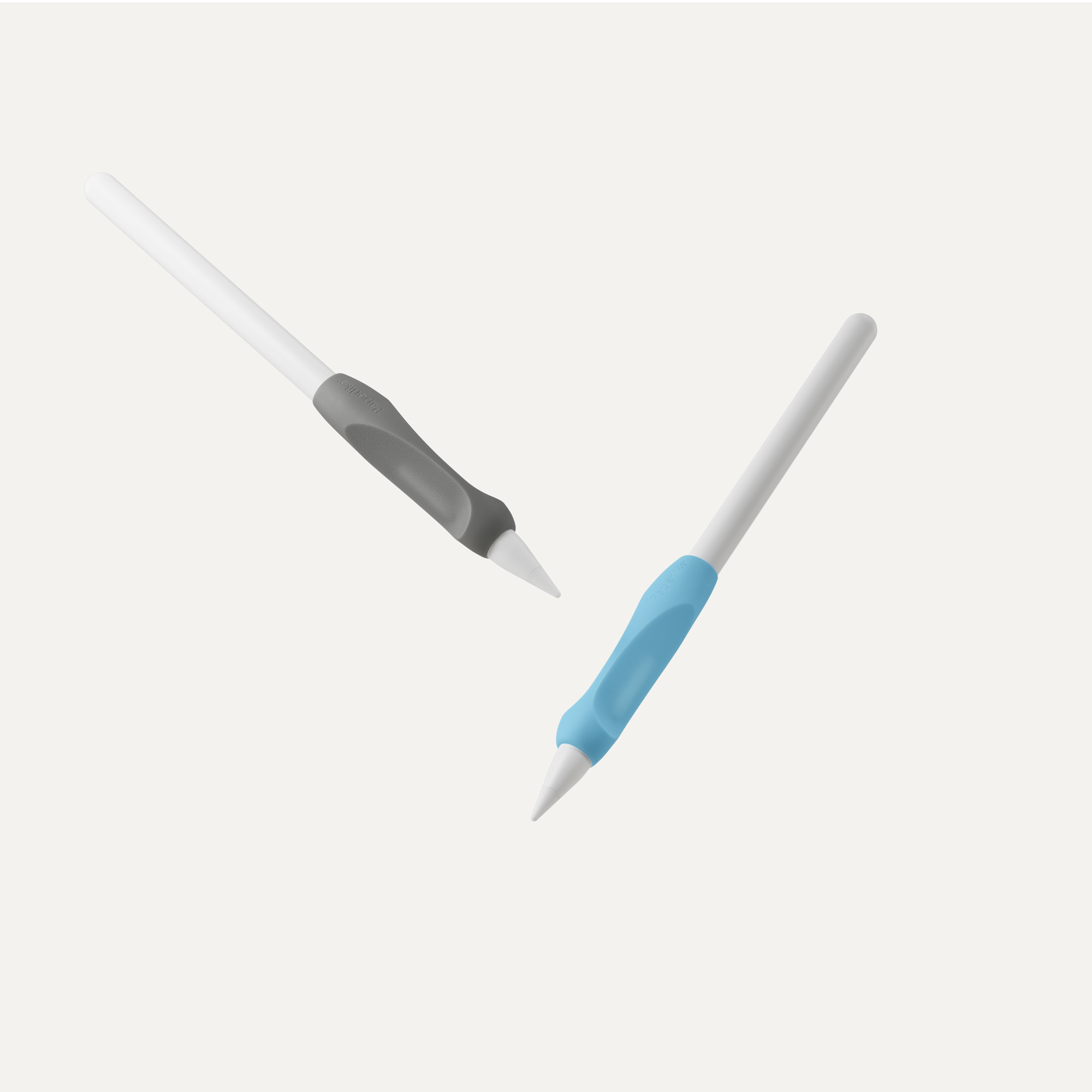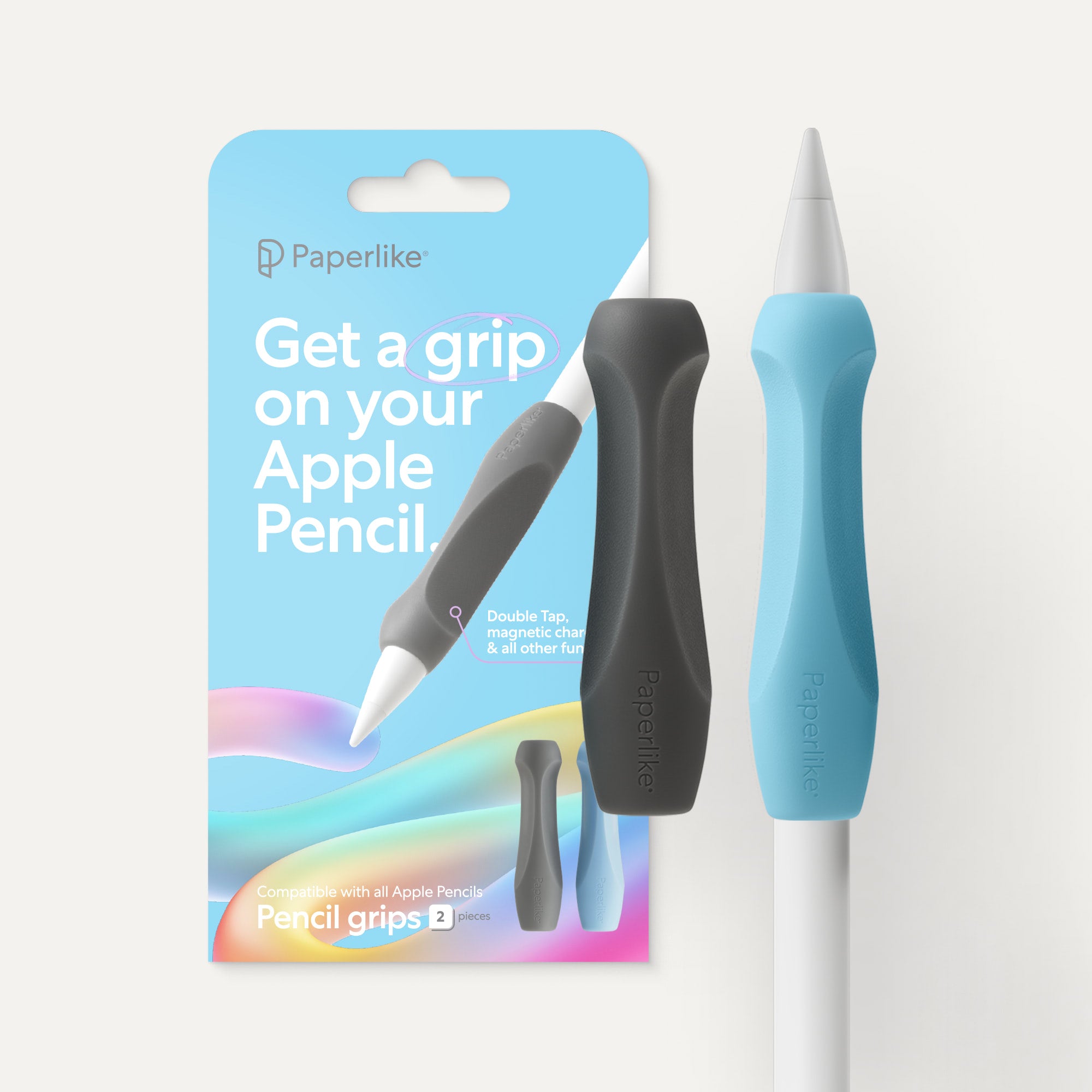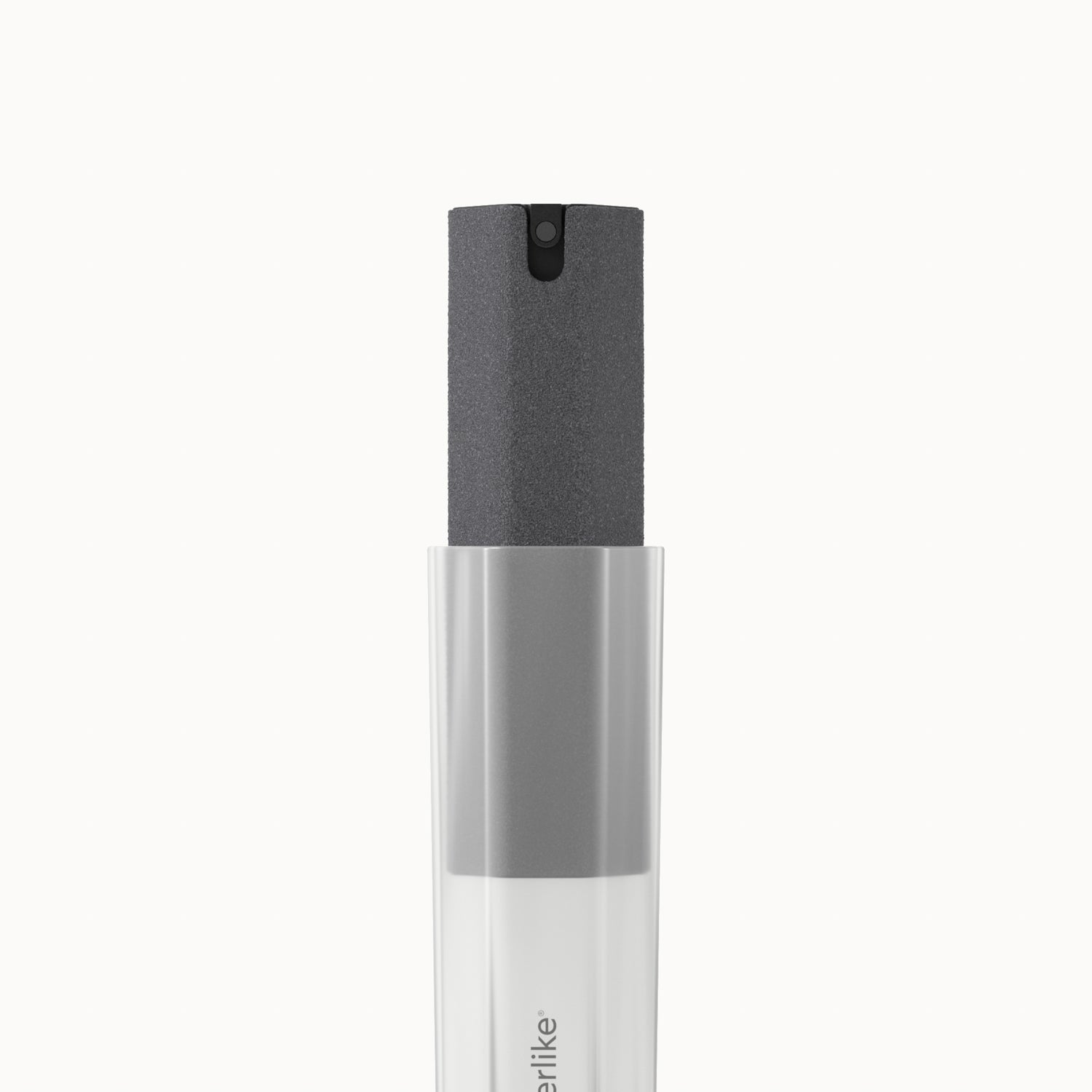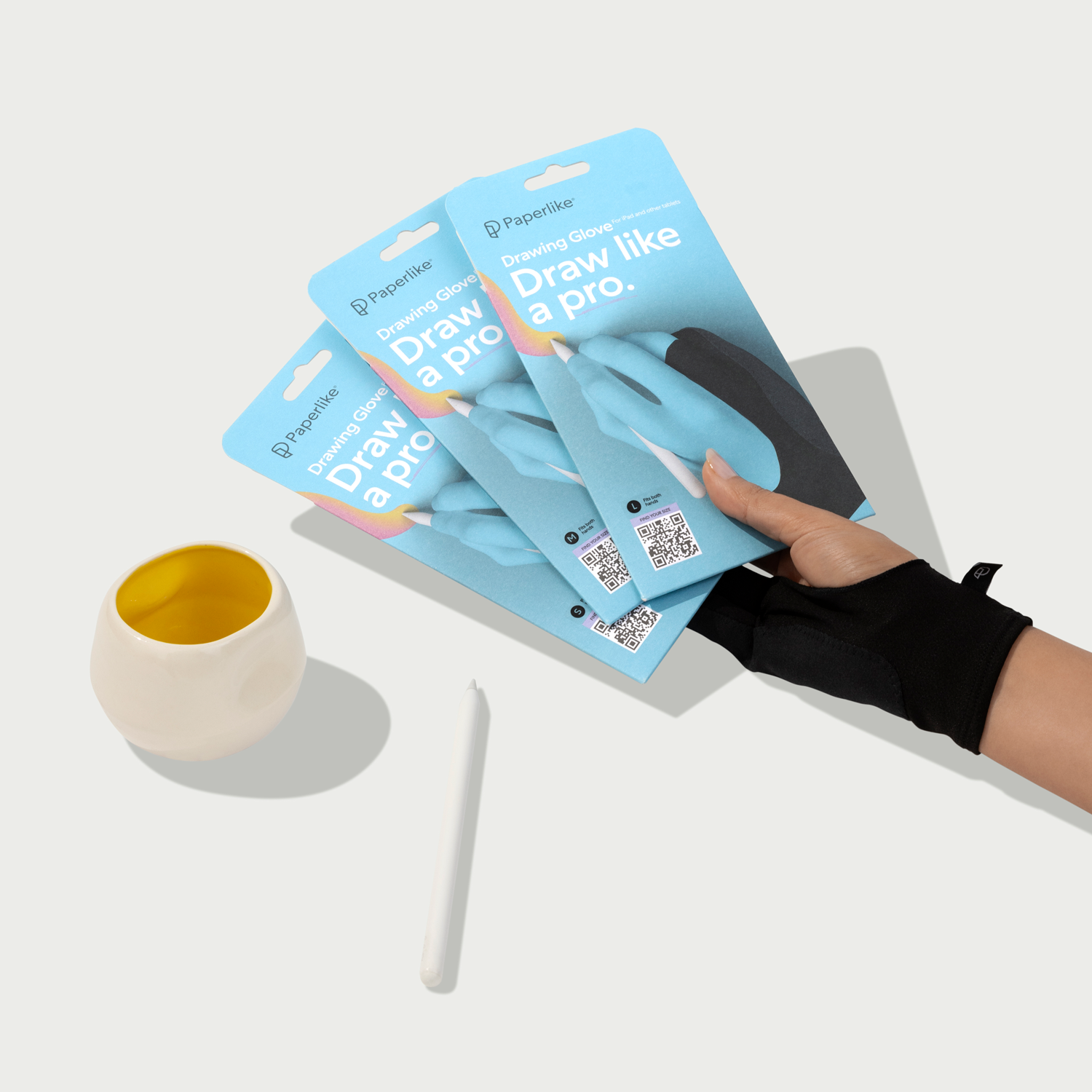Originally from Hungary, Imrich Kovacs is a self-taught tattoo artist based in Bratislava, Slovakia. At this point, you may be wondering why we’re interviewing a tattoo artist when most of our interviews are with digital artists. Well, as it turns out, tattoo artists have long-been embracing digital technology to sketch and plan their work. Plus, I just couldn’t resist showing off Imrich’s incredible style. He’s known for his vibrant and contrasting colors and simple yet provocative designs. He’s one of the few tattoo artists I’ve truly been impressed with, and if I were to ever get a tattoo, he’d be the only one I’d trust.
From traditional art to tattoo
Imrich never planned on becoming a tattoo artist. His artistic career began at university in Budapest, Hungary where he explored many different mediums to express his creativity.

“I did my MFA studies in Budapest,” Imrich told me, “where I was doing different things like printmaking and painting. The class was pretty open, so I was experimenting with stuff like photography, video, sound installations and things like that. My final work was actually a video project.”
Imrich’s first real encounter with the tattoo artist world was on a trip to the Netherlands in 2011.
“I was visiting a friend Gery in The Hague in Holland,” Imrich said. “He was working as a tattoo artist and he showed me some things. I started to tattoo back home, but not anything official. That went on for over two years. Then I got into a proper shop and started to tattoo daily. That was in 2013. All the clientele there had kind of basic requests. They weren’t looking for a custom tattoo or anything like that.”

In 2016, Imrich moved to Bratislava to work in a more private, boutique shop. This was his move into custom work and where he began to truly develop his style.
“I was at that shop for about two years,” Imrich recalled. “Now I'm in my third studio, called the Wolf Town Tattoo Collective. It's a huge shop with 10 tattooers. Everyone does a completely different style.”
Wolftown is a popular tattoo parlor in Bratislava’s beautiful Old Town in Slovakia. It was founded in 2012 by Norbert Bolech and Jakub Špánik.
A style is born
From the first glance, Imrich’s style evokes something deep. It’s simple yet complex. The colors, lines, and shapes contrast one another in a way that creates an intricate sense of balance. The imagery feels as if it’s derived from the ancient hieroglyphics of some long-forgotten culture. It conveys power in its rawest form. And that is certainly Imrich’s goal.
But I wanted to know how Imrich developed this unique style. As it turns out, which is probably the case with most artists, Imrich first perfected a traditional style.
“All the progress came from my travels and because I got into some guest spots,” Imrich said. “It started in Switzerland and then slowly I went to different places like Ljubljana [Slovenia] or Graz [Austria]. I was also getting in touch with different tattooers who, at first, showed me traditional tattoo art. I saw the flash books of Spider Murphy and I was going to big conventions in Milan, Krakow and London.”

In the tattoo world, a flash book is a design printed or drawn on paper or cardboard, typically displayed on the walls of tattoo parlors and in binders to give walk-in customers ideas for tattoos. And Spider Murphy is one of the most famous traditional tattoo parlors in the world, opened in 1996 in Marin County, California. They focus heavily on a traditional style.
“So, that was the time when I realized that there are so many styles,” Imrich continued. “I’d started to achieve the technique of traditional tattooing and I started getting into the flat colors with some whip shadings and the heavy lines. Then I realized I wasn't interested in realistic tattooing or anything like that. I was more into the illustrative style.”
Imrich was fed up with the traditional tattooing style and started looking toward a new breed of tattoo artist. He began emulating parts of their style, while still making the art his own.

“I got a few tattoos from a Korean friend, Sany Kim, and his master Sa Jin. So actually I think these were the biggest impact. I found it very strong and powerful using a kind of flat coloring or just putting colors next to each other and creating the tattoo this way. Of course, with a little bit of story or the inspiration that the client gives you.”
Imrich's process
Most artists have a process, but with tattoo artists this process must be more defined to some degree. After all, you’re painting permanently on somebody’s body. In a way, tattooing is like doing commissioned art every day of your life, forever. Therefore, the client experience is paramount.
Imrich does everything he can to understand the client’s wishes, personal symbolism, and the story they want to tell. Even with the client’s input, Imrich’s work never starts completely from scratch.

“I'm actually taking a lot of references as they are painted and just redrawing them,” Imrich admits. “I'm kind of shamelessly using them, but then I’m switching and combining them into completely new compositions. Then I start to redraw it. When I have the whole thing done, then I start to just draw and draw over it, adding the colors at the end. That’s my signature: the combinations and the contrast between the colors.”
Some of that initial composition work begins on Imrich's iMac, but he then moves to the iPad (complete with Paperlike), to create the final sketch and show it to the client for approval.
Of course, no artist is a mind-reader, which sometimes results in multiple consultations before a final work is decided upon. I asked Imrich how he dealt with that from a monetary perspective. After all, each consultation takes time. Plus, each consultation results in an entirely new design, which takes even more time. Imrich’s process here provides some interesting insights for other artists that do commissions.
How to stop hating commission work
Many artists I know hate commission work, including my girlfriend. That’s because you get a request from a client who has certain expectations. And often what they have in their head is different than what you have in your head. The way out of this has two factors:
- Setting expectations
- Defining the rules
Imrich does both brilliantly.
“I charge a fixed amount as a deposit, and that's paid ahead of the consultation,” Imrich said. “And if, for example, the client disagrees on the design, and requires another design, then part of the deal is that he is losing that deposit. That’s because I'm preparing him a completely new one. And so he has to pay a new deposit. But that doesn’t happen very often. Usually if people come and they want a tattoo from you, it’s because of your status or style. And I make it clear at the beginning how it will work.”

In short, Imrich is known for his particular style. So if you want to hire him, that’s what you’re going to get. Second, he’s clear about his rules. More work equals more money.
I think too many artists devalue themselves here. Instead, realize that your time is just as valuable as your clients’. And you deserve to get paid for it.
Be open and follow what fulfills you
Imrich’s advice is simple and it hits at the very heart of what it means to be human. To me, it’s about following your curiosities and enjoying the ride.
“Do what gives you that feeling like when you are creating something, you know, when the time stops and you enjoy what you do full time,” Imrich told me. “And if you love a technique, find someone who does it the best in your eyes. You should meet him. You should get tattooed by him and get some experience from him. That is gonna push you in the right direction. At least I think that is what happened to me."


